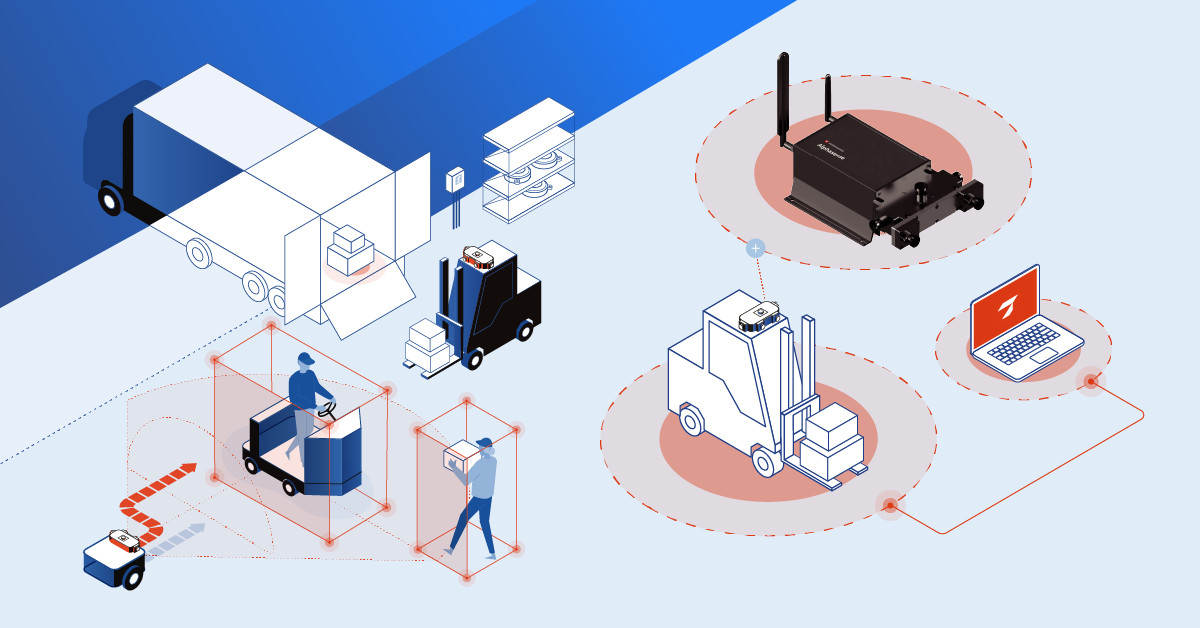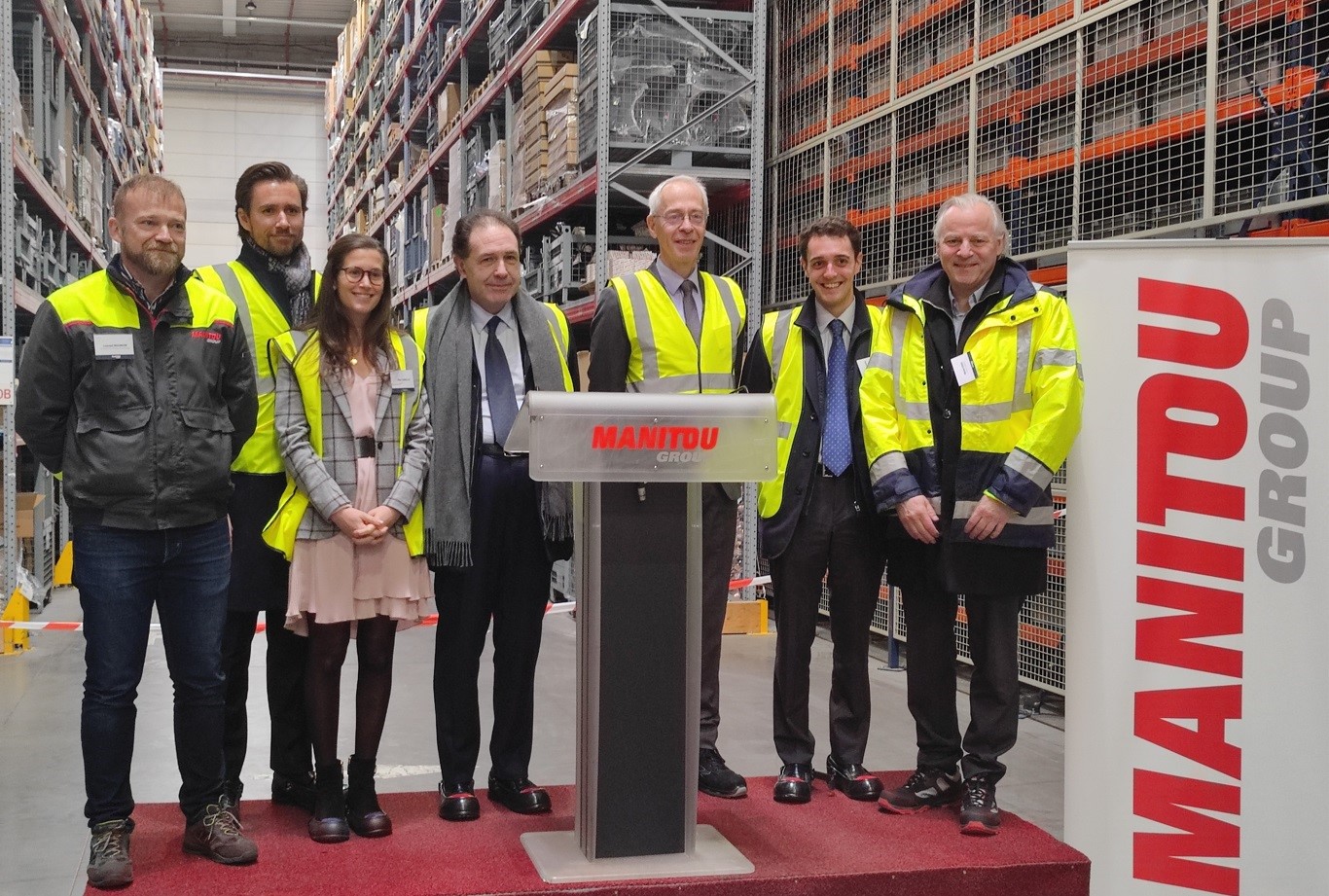Automation has the potential to exponentially increase efficiency, profitability, and safety in the logistics and manufacturing sectors, as will be seen at ProMAT Chicago. So far, the lack of a robust, yet flexible navigation technology has limited the scope and scale of automation in material handling operations.
Furthermore, the AMR manufacturing sector is extremely competitive. Most of its players rely on navigation technologies like 2D LiDAR SLAM or magnetic line following: proven in the field but limited in performance. To gain a competitive advantage, many AMR manufacturers are looking into new technologies; but often they lack the resources, time, expertise, and talent to develop them.
This industry landscape is now changing with the arrival of the VSLAM navigation technology developed by Sevensense Robotics. The Alphasense Autonomy Evaluation Kit accelerates the development and deployment of automated guided vehicles (AGVs) and autonomous mobile robots (AMRs) while improving their performance and expanding their operational capabilities.
“We observed that many AMR manufacturers considered Alphasense Autonomy as an option to incorporate 3D Visual Autonomy capabilities into their offering but integrating, testing, and validating the fit of this navigation technology in their own vehicles and their use cases still required more expertise and time than they were able to invest without any in-house validation of the technology. The Alphasense Autonomy Evaluation Kit offers them an off-the-shelf option to easily and quickly test Alphasense Autonomy and take a generational technological leap forward,” says Gianluca Cesari, CBDO at Sevensense Robotics.
Alphasense Autonomy leverages the 360 degrees view of the vehicle’s surroundings and cutting-edge Visual SLAM technology to offer <0.3 inches (<4 mm) precise and reliable positioning capabilities in all indoor and outdoor environments, even over uneven floors and ramps. Without any need for additional infrastructure. The Alphasense Autonomy Evaluation Kit allows mobile robot manufacturers (AGV/AMR OEMs) to test the Alphasense Autonomy 3D Visual Autonomy technology quickly and easily.
The kit is a plug-and-play software and hardware bundle that combines the Alphasense multi-camera sensor with Alphasense Autonomy and Sevensense’s proprietary software stack and configuration tools that dramatically reduce the time required to integrate a fully functioning Visual SLAM navigation system on a vehicle. The hardware consists of a compact device including 5 factory-calibrated cameras and a computer unit with pre-installed software. The system can be easily mounted on top of any vehicle and requires a minimal amount of connections such as power and ethernet. Optionally, additional 3rd party sensors can also be connected.
Thanks to a web-based interface, the user is guided through a simple step-by-step installation wizard to calibrate, set up the interfaces, and configure and deploy the target AMR. With this, any technical department can now run and test Alphasense Autonomy on their own vehicles. The Evaluation Kit enables all Alphasense Autonomy features for trial: from easily teaching an A-to-B motion layout to performing virtual line following with obstacle avoidance. All this, while delivering the same performance as the series Alphasense Autonomy product in terms of robustness and repeatability.
On top of the provided in-depth documentation, the device contains a 4G connectivity module that allows Sevensense to provide immediate support by directly accessing the unit. Together with access to Sevensense’s service desk, this level of support allows customers to confidently perform their technical evaluations in little time.
In 2022, during a closed trial, the Alphasense Autonomy Evaluation Kit already helped several AMR manufacturers to reap the benefits of the Sevensense Visual SLAM navigation solution. Now, Sevensense is supporting these early-adopter customers going to market with their new AMRs equipped with Alphasense Autonomy. In a broader industry context, the DHL Trend Radar indicates that 3D visual autonomy technology is currently maturing and will exponentially increase its potential within the next 5 years.
The Sevensense Robotics team will be offering live demos at booth #N8539 from Monday, March 20th to Thursday, March 23rd at ProMAT 2023 show in Chicago IL.






